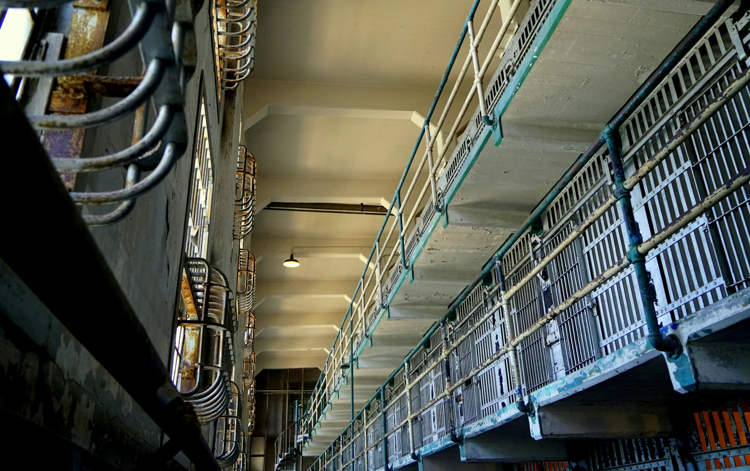Camel racing is a really popular sport throughout the Arab world, and owning a heard of specially-bred fast camels is apparently considered a symbol of wealth and power. But it’s not the animals we should be talking about, it’s their weird-looking robot jockeys.
Obviously, robot jockeys aren’t exactly an integral part of the old camel racing tradition. In the old days, children and light young men were used to whip the camels to victory, but in recent years things had really gotten out of hand, and crackdowns on the black market revealed around 40,000 kids from South Asia had been kidnapped or sold by their families to become, among other things, camel jockeys. Welfare organizations started reuniting the children with their families, offering them shelter and food until they could return home, but a solution to camel jockey trafficking had to be found urgently. The United Arab Emirates banned children under the age of 16 from competing in camel races, and a Swiss company called K-team realized the business opportunity and began creating light robot jockeys known as “Kamal”, in 2003.





















